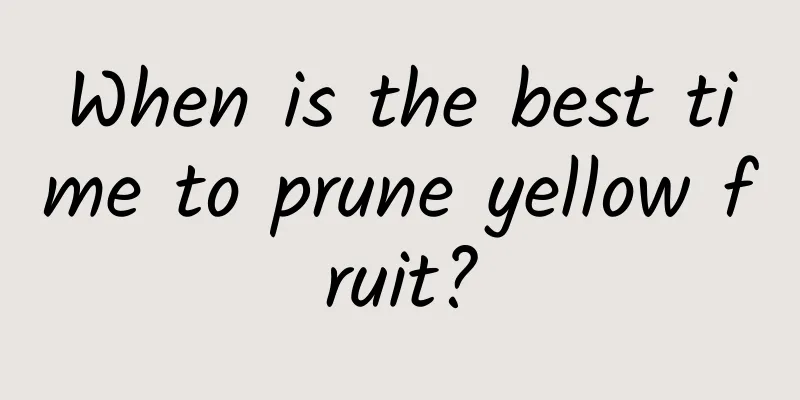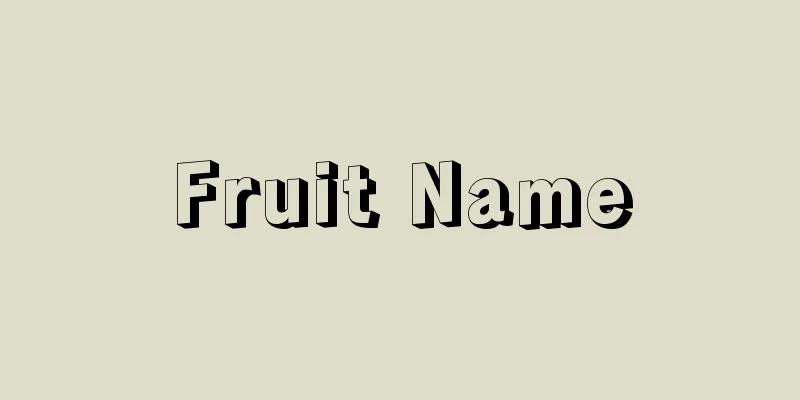Which month is suitable for planting Nepeta tenuifolia in Henan

When to plant Nepeta tenuifolia in HenanHenan nepeta is generally planted in spring or summer. Henan nepeta is more suitable for planting in March and April in spring or June and July in summer because the climate is relatively warm during this period. Henan nepeta can be planted in July at the latest. Henan nepeta is usually planted by sowing. Planting time in the north and south: There are differences in the time suitable for planting Henan Nepeta in the south and the north. Generally, the south will plant Henan Nepeta in February and March in spring, which is earlier than the north, while the north usually plants Henan Nepeta in March and April. Greenhouse planting time: Henan Nepeta can be grown in a greenhouse. There is a difference between the time for greenhouse planting of Henan Nepeta and the time for open-air planting. It is generally earlier than open-air planting. It is usually more appropriate to plant Henan Nepeta in a greenhouse in November and December. Henan Nepeta Origin and Planting MonthHenan nepeta is a vegetable crop that is planted in a wide range. Generally, the main producing areas of Henan nepeta are Hebei, Shandong, Shanxi, Hunan, Hubei, Henan, Hubei, Sichuan, Yunnan, Guizhou, and Shaanxi. Shandong Henan NepetaShandong and Henan Nepeta is usually planted in March and April, and can be harvested in July and August. The stems of Shandong and Henan Nepeta grow very strong, with many branches, and usually have white hairs. Nepeta tenuifolia Shanxi Henan Nepeta is generally planted in March and can be harvested around July. The leaves of Shanxi Henan Nepeta are mostly yellow-green in color. Generally, the stems and leaves can be used as medicine after drying, and can be eaten when fresh and tender. Henan Nepeta varieties and planting monthsHenan Schizonepeta can be stir-fried, eaten raw or served cold. There are not many varieties of Henan Schizonepeta. The more common ones are pointed-leaf Schizonepeta, round-leaf Schizonepeta, large-leaf Schizonepeta and red Schizonepeta. Nepeta acuminatumPointed-leaf Nepeta is usually planted in March and April, and generally matures in June and July. Pointed-leaf Nepeta has a softer taste, thinner stems, more branches, and generally smaller leaves. Big Leaf Nepeta King The large-leafed nepeta king is usually planted in March, and the fresh nepeta can be picked in May and June in autumn. The leaves of the large-leafed nepeta king are light green, the yield is relatively high, it grows well, and the taste is relatively delicious and rich. |
<<: What month is suitable for planting gourd?
>>: How to maintain the Guanghan Palace succulent
Recommend
How often should you water your green ivy and spray water on its leaves?
1. How often should you water? When growing plant...
What should I do if the money tree is frozen? Are you afraid of freezing if I put it indoors?
1. Keep warm After the money tree is frostbitten,...
Can the water used for washing clothes be used to water the flowers?
Can the water used for washing clothes be used to...
Cultivation methods and precautions of leaf lettuce
1. Soil When growing leafy vegetables, it is best...
Types of Plum Bonsai
Types of plum bonsai: Wandering Plum The plum blo...
The role of the tubercle flower
Ornamental value The ornamental value of the tube...
Can honeysuckle leaves be soaked in water to drink? What are the effects and functions of soaking leaves in water?
1. Can the leaves be soaked in water and drunk? O...
Tips for growing indoor flowers in winter
Temperature Control In winter, even in a warm roo...
When does peach blossom bloom?
1. Flowering period The flowering period of peach...
Is mint an annual herb? How many years can mint be grown?
1. Is it a first-year student? Mint is not an ann...
Common pests of saffron (crocus) and their control methods
Saffron borer Hazard phenomenon Autumn is the hig...
Cultivation method of old crow persimmon
1. Soil: The old crow persimmon is suitable for c...
What is the best fertilizer for roses?
Rose fertilization time Roses can be fertilized d...
The difference between iris and iris
The difference between iris and iris flowers Flow...
Can sunflowers survive the winter? How long can sunflowers live?
1. Can it survive the winter? Sunflowers have poo...









